The Kanchenjunga Base Camp Trek from Kathmandu is a renowned 23-day journey that beckons adventurous trekkers to explore the stunning landscapes of the Kanchenjunga Conservation Area. Embarking on this transformative expedition, travelers will enjoy the region’s rich biodiversity and vibrant local cultures, particularly the Rai and Limbu communities. From breathtaking views of the Kanchenjunga massif to challenging terrains, this trek promises a true wilderness experience, complemented by cultural interactions and the awe-inspiring transition of ecosystems. With preparation and safety considerations in mind, the 23 Days Kanchenjunga Base Camp Trek offers an unparalleled opportunity to embark on a journey that will leave a lasting impression on the mind and spirit.
Key Points
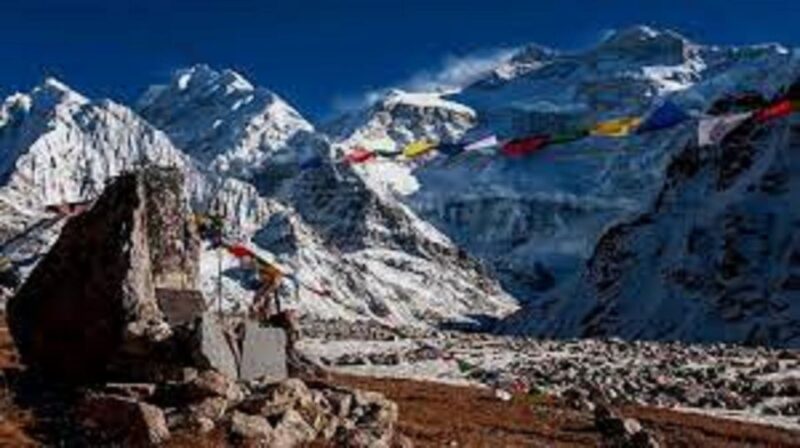
- 23-day trek exploring the Kanchenjunga Conservation Area, offering stunning Himalayan landscapes and culture with Rai and Limbu communities.
- Itinerary includes significant climbs and acclimatization days, with key locations like Ghunsa, Lhonak, and Sherpa Gaun.
- Kanchenjunga Conservation Area features diverse ecosystems, from subtropical forests to alpine meadows, and opportunities to spot wildlife like blue sheep and Himalayan ibex.
- Trekking conditions are challenging, with steep, snow-covered mountain passes and potential altitude effects, requiring good fitness and preparation.
- Booking process is flexible, with no upfront payment and a cancellation policy up to 24 hours in advance, along with comprehensive support from experienced tour leaders.
Trek Overview and Highlights
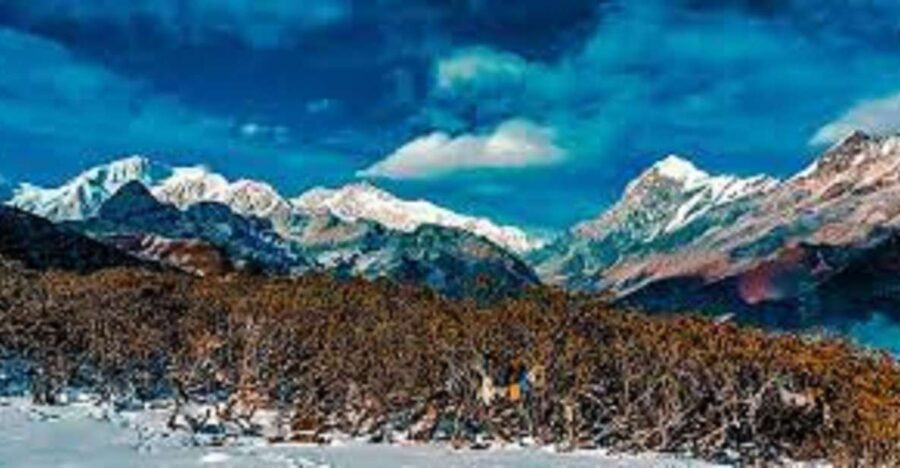
The Kanchenjunga Base Camp Trek, at 23 days, offers adventurous hikers a comprehensive exploration of Nepal’s Kanchenjunga Conservation Area, renowned for its pristine environment and less-traveled routes.
Priced from K41,199 per person, this trek’s highlights include immersing oneself in the rich culture, biodiversity, and stunning landscapes of the Himalayas.
Trekkers will traverse lush rhododendron forests, picturesque valleys, and pristine alpine landscapes, with awe-inspiring views of Kanchenjunga and neighboring peaks like Jannu, Kabru, and Rathong.
Engaging with the Rai and Limbu communities, experiencing their customs and traditions, adds a cultural depth to the journey.
Challenging high passes like Sele La and Sinelapche La test the mettle of experienced hikers seeking a remote trekking adventure in Nepal.
Ready to hit more trails? More hiking adventures we feature in Ghunsa
Detailed Itinerary
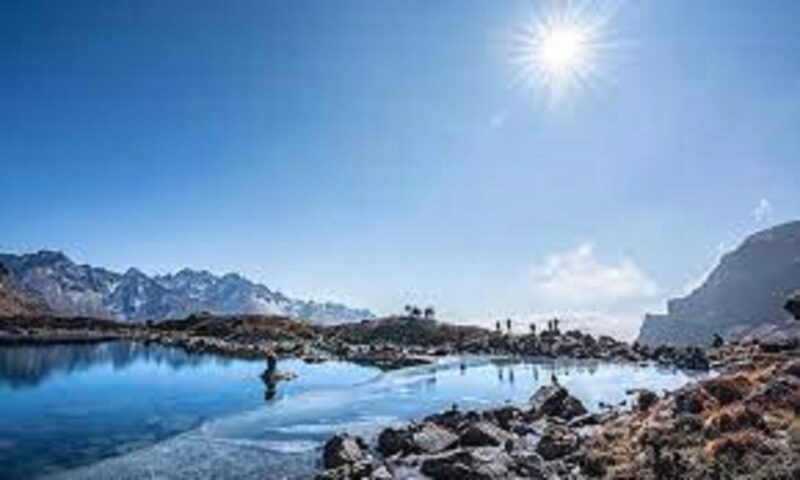
Kanchenjunga Base Camp Trek’s detailed itinerary spans 23 days, commencing with a flight to Bhadrapur and a drive to Phidim on the first day.
Travelers then drive to Chiruwa the following day before embarking on a trekking journey from Sukethum to the Kanchenjunga Base Camp (5140m) and back, which includes several significant climbs and acclimatization days.
Key locations along the way include Ghunsa, Khangpachen, Lhonak, Ramche, Dorongdin, Sherpa Gaun, Phumpe Danda, and Kade Vanjyang.
The trek offers diverse landscapes, cultural interactions, and stunning mountain views, culminating in the final two days of trekking through this remarkable region.
Kanchenjunga Conservation Area
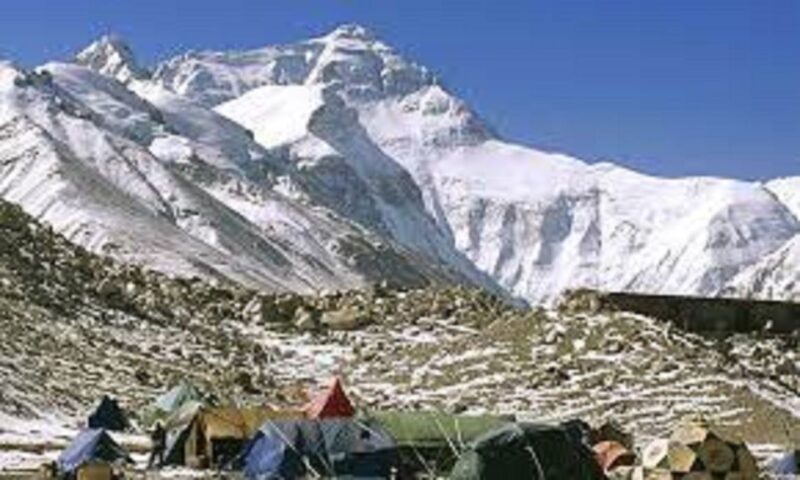
One of the key highlights of the Kanchenjunga Base Camp Trek is the opportunity to explore the Kanchenjunga Conservation Area, a pristine region renowned for its untouched environment and less-traveled trekking routes. This protected area offers trekkers a unique and immersive experience in the heart of the Himalayas.
Some of the notable features of the Kanchenjunga Conservation Area include:
-
Diverse Ecosystems: The conservation area boasts a range of ecosystems, from subtropical forests to alpine meadows, supporting a rich biodiversity of flora and fauna.
-
Cultural Interactions: Trekkers can engage with the local Rai and Limbu communities, learning about their traditional way of life and customs.
-
Stunning Vistas: The trek provides awe-inspiring views of the Kanchenjunga massif and its neighboring peaks, including Jannu, Kabru, and Rathong.
-
Wilderness Experience: The remote and less-visited nature of the conservation area offers trekkers a true wilderness adventure in the Himalayas.
Interaction With Local Communities
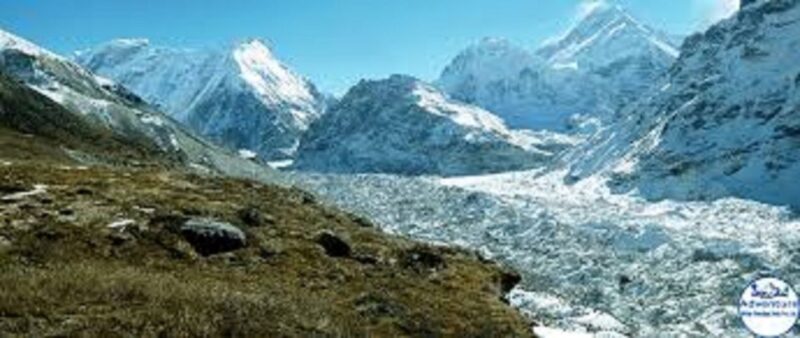
Interacting with the local Rai and Limbu communities is a highlight of the Kanchenjunga Base Camp Trek, providing trekkers with the opportunity to enjoy the region’s rich cultural heritage and traditional way of life.
As you trek through the villages, you’ll have the chance to witness the locals’ agricultural practices, observe their customs and traditions, and even participate in cultural activities.
These interactions offer a unique window into the lives of the Himalayan people, fostering a deeper understanding and appreciation of the region’s diverse cultures.
Whether it’s sharing a meal, visiting a local school, or attending a traditional festival, these encounters will undoubtedly enrich your overall trekking experience.
More Great Thing To Do NearbyChallenging Trekking Conditions
While the culture is a highlight of the trek, trekkers must also be prepared for the challenging physical conditions they’ll encounter along the way. The Kanchenjunga Base Camp Trek traverses rugged, high-altitude terrain that requires a good level of fitness and experience.
Some key challenges trekkers should be ready for include:
-
Navigating steep, snow-covered mountain passes like the Sele La and Sinelapche La, which can be treacherous.
-
Dealing with the effects of high altitude, including fatigue, headaches, and altitude sickness.
-
Trekking through diverse landscapes, from lush forests to barren alpine regions, in varying weather conditions.
-
Maintaining stamina and endurance for the long, strenuous days of hiking.
Diverse Wildlife and Landscapes
The Kanchenjunga Conservation Area traversed during the trek showcases a remarkable diversity of wildlife and landscapes, from lush rhododendron forests to awe-inspiring alpine meadows. Trekkers may catch glimpses of elusive blue sheep grazing on distant slopes or the majestic Himalayan ibex climbing rocky outcroppings. Birds of prey, such as the Himalayan griffon and the lammergeier, soar gracefully above the valleys. The transition from subtropical forests to high-altitude meadows and glacial landscapes is a testament to the region’s remarkable ecological diversity. Each day on the trail presents new wonders, leaving trekkers in awe of the natural splendor of the Kanchenjunga region.
| Wildlife | Description | Habitat |
|---|---|---|
| Blue Sheep | Agile mountain dwellers | Alpine meadows |
| Himalayan Ibex | Majestic, horned ungulates | Rugged cliffs and rocky outcrops |
| Himalayan Griffon | Massive vultures with impressive wingspans | Soaring above the valleys |
Booking and Cancellation Policies
Travelers can easily book their Kanchenjunga Base Camp trek, as the process requires no upfront payment.
Flexible booking allows them to reserve their spot and pay later, while free cancellation up to 24 hours in advance ensures a full refund if plans change.
Pickup from the Kathmandu area is included, and an experienced, multilingual tour guide will accompany the group throughout the trek for an enriched experience.
The booking and cancellation policies offer several advantages:
-
No upfront payment required to secure a spot.
-
Flexibility to cancel up to 24 hours before the start of the trek.
-
Complimentary transportation from the Kathmandu area.
-
Guidance from a knowledgeable, multilingual tour leader.
Preparation and Safety Considerations
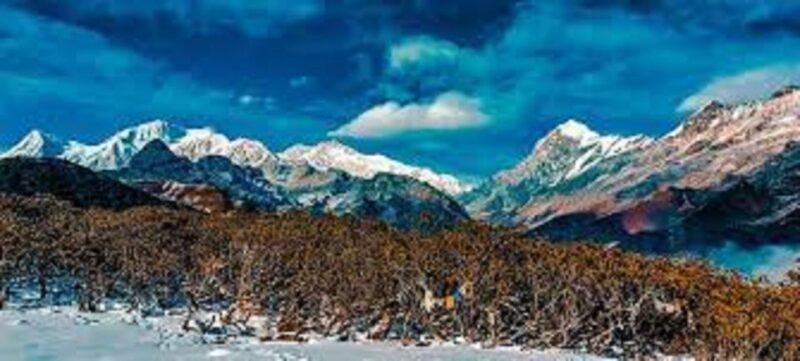
Trekkers must be well-prepared for the high-altitude conditions and variable weather they’ll encounter on the Kanchenjunga Base Camp trek. Essential gear includes appropriate clothing, footwear, and equipment for navigating snow-covered trails, as the trek involves challenging high passes like Sele La Pass and Sinelapche La Pass.
Throughout the journey, experienced tour leaders emphasize safety and provide guidance to ensure a secure and enjoyable experience for all participants. Permits are required for trekking in the Kanchenjunga Conservation Area, and trekkers must be prepared to handle the demands of high-altitude hiking.
With the right gear, mindset, and support, adventurers can safely and successfully complete this remote and rewarding trek in the heart of the Himalayas.
Frequently Asked Questions
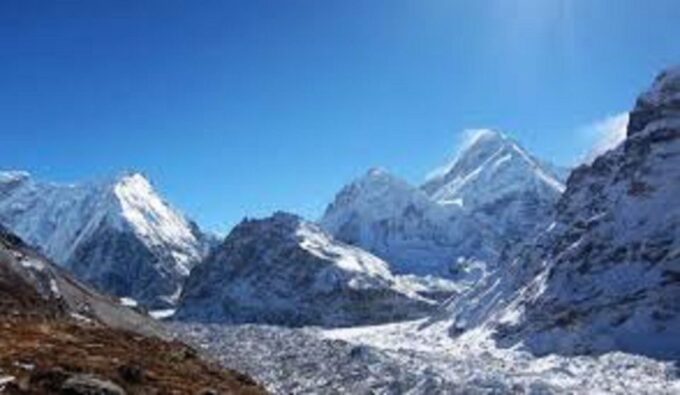
What Is the Best Time of Year to Do This Trek?
The best time to do this trek is from April to May or from September to November. These seasons offer clear skies, mild temperatures, and optimal visibility for enjoying the stunning Himalayan landscapes and cultural encounters along the way.
Are There Any Special Permits Required for This Trek?
Yes, special permits are required for trekking in the Kanchenjunga Conservation Area. Trekkers must obtain permits from the relevant authorities to enter and traverse this protected region during the Kanchenjunga Base Camp Trek.
What Is the Level of Difficulty for This Trek?
This trek is suitable for experienced hikers as it involves high-altitude trekking, challenging high passes, and varying weather conditions. Proper preparation, fitness, and guidance from experienced tour leaders are essential to navigate the trek safely.
Can I Book This Trek as a Solo Traveler?
Yes, this trek can be booked as a solo traveler. The tour operator offers a flexible booking policy, and solo travelers will be provided with an experienced guide to ensure a safe and enjoyable trekking experience through the Kanchenjunga region.
Are There Any Additional Costs I Should Be Aware Of?
Travelers should be aware of potential additional costs like permits, porter/guide tips, personal gear, and meals during the trek. The tour operator provides an estimate, but unexpected expenses may arise due to the remote nature of the trek.
Recap
The 23 Days Kanchenjunga Base Camp Trek from Kathmandu offers an unparalleled opportunity to explore the majestic Kanchenjunga region.
Trekkers will be rewarded with breathtaking views, diverse wildlife, and immersive cultural experiences.
While the trek presents challenging conditions, proper preparation and safety considerations ensure a fulfilling and unforgettable journey through this captivating corner of the Himalayas.
You can check if your dates are available here: